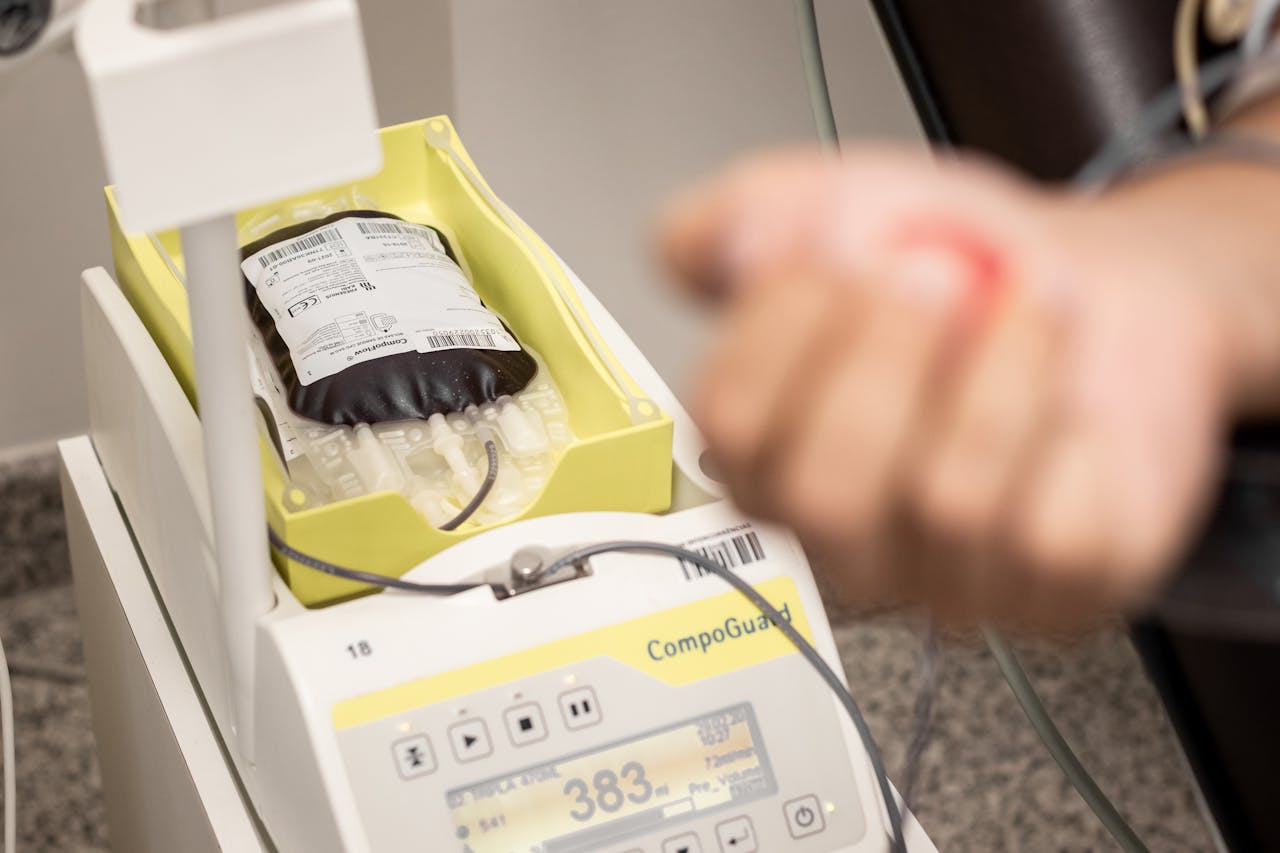Maintaining the right temperature in blood banks is super important. Blood and its components, like plasma and red blood cells, need specific temperatures to stay safe and usable. If the temperature goes off track, even for a bit, it can mess up these vital resources. This is known as a temperature excursion, and it can mean the difference between saving a life or not. Durham, NC, like many places, has its own weather challenges, which makes it crucial for local blood banks to keep a close watch on their storage conditions.
Temperature excursions happen when the temperature of stored blood products drifts out of the safe range. This could lead to the blood becoming unsafe. For blood banks in Durham, managing temperature fluctuations in different seasons is critical. This ensures that stored blood products are always ready to help patients. Let’s take a closer look at what causes these temperature shifts and why they’re such a big deal.
Understanding Temperature Excursions
Picture this: you’re in charge of a blood bank, and the storage area suddenly gets too warm. This shift is what’s called a temperature excursion. Several things can lead to this. Equipment failures, power outages, or sometimes even a door left ajar can throw off the environment. Each of these situations might result in blood products getting too warm or cold, causing potential spoilage.
The impact of these temperature changes can be pretty severe. Blood products need to be kept within specific temperature parameters. When they aren’t, there’s a risk of them becoming unusable. This poses a serious risk for any medical facility relying on these products. In Durham, varying climates can sometimes add an extra challenge. Hot summers or unexpected cold spells can make it harder to maintain a stable indoor climate.
To avoid such issues, understanding these causes is the first step. It helps blood banks prepare for potential problems before they lead to serious consequences. This preparation includes having the right tools and systems in place to monitor and adjust temperatures as needed. By tackling the root causes behind these shifts, blood banks can ensure they’re always ready to serve their community safely.
Regulatory Requirements for Blood Banks
Regulations play an important role in ensuring that blood banks keep their inventory at safe temperatures. In the United States, the FDA, AABB, and CDC all set guidelines for temperature monitoring in these facilities. These rules ensure that blood products remain viable and safe for patients. Compliance isn’t just about following the rules, though. It’s about guaranteeing the quality and safety of the blood products stored.
Failing to maintain proper temperature settings can have a ripple effect. Not only can it lead to product spoilage, but it can also impact a blood bank’s ability to pass audits and inspections. Regulators check whether facilities log temperatures accurately and respond swiftly to any problems. Consistent logs and immediate responses prove the blood bank’s dedication to maintaining standards. This diligence helps build trust with both regulators and the community.
Solutions for Tackling Temperature Excursions
Now, let’s dive into some solutions. An effective way to handle temperature excursions is to use a temperature monitoring system. Modern systems are automated and provide real-time updates. They keep an eye on storage conditions continuously, ensuring that blood products stay within the safe range. These systems can send alerts whenever there’s an issue, so staff can act fast.
When picking a system for a blood bank in Durham, consider the specific needs of the facility. Look for systems that offer easy integration with existing tools and provide real-time data access. Systems that come with customizable alert settings are also helpful, as they allow facilities to tailor alerts based on different factors like temperature thresholds or duration.
Best Practices for Preventing Temperature Excursions
Preventing temperature excursions isn’t just about having the right technology. It also involves following some best practices:
– Schedule regular checks and maintenance for all equipment. This keeps freezers and refrigerators in top shape and minimizes the risk of equipment failure.
– Calibrate temperature sensors often. Calibration ensures that these devices provide accurate readings.
– Train staff well. Everyone should know the procedures for responding to temperature alerts and understand the importance of keeping temperatures steady.
Having a solid response protocol means everyone knows what to do if a temperature alert goes off, reducing the chance of product loss.
Protecting Blood Products and Ensuring Safety
Maintaining safe temperature levels is vital for keeping blood products safe and effective. By taking proactive steps, blood banks in Durham can avoid potential risks. Using a combination of technology and best practices protects against the dangers that come with temperature shifts. This not only ensures compliance with regulations but also builds confidence in the quality of care provided to patients.
Long-term use of automated systems and consistent maintenance routines provides ongoing safety and security. Blood banks can trust that their supplies will be ready whenever they’re needed. Such systems act as an invisible net, catching potential problems before they escalate. Reliable systems paired with informed staff act as a formidable defense against temperature excursions, ultimately ensuring that these life-saving supplies are always in the best condition possible.
Guarding Against Temperature Excursions in Durham, NC
In Durham, the importance of tackling temperature excursions cannot be overstated. By addressing this concern, blood banks ensure they remain compliant with regulations and keep their community’s trust. The specific benefits include avoiding spoilage, reducing waste, and maintaining readiness for any situation that arises. For blood banks in Durham, having a strategy that combines cutting-edge technology with best practices ensures that they continue to serve effectively and reliably.
To effectively manage temperature excursions in Durham, consider partnering with Qualified Controls. Our comprehensive solutions help ensure that your blood bank maintains strict temperature controls, adheres to regulatory standards, and safeguards valuable blood products. Learn more about how our temperature excursions in Durham solutions can support your needs.


